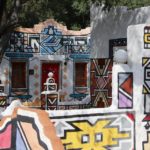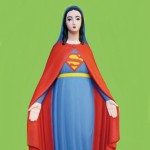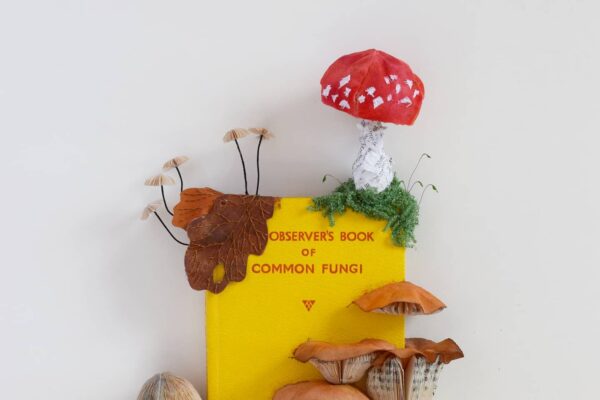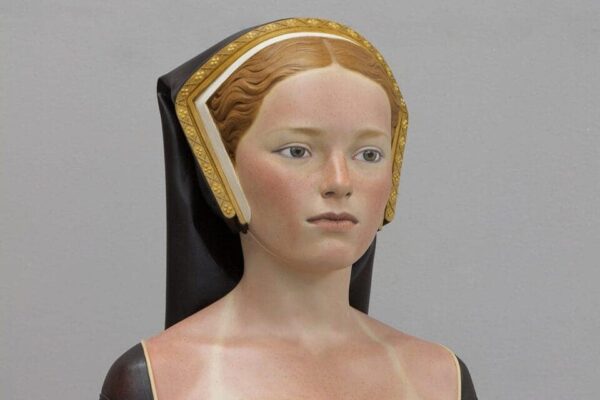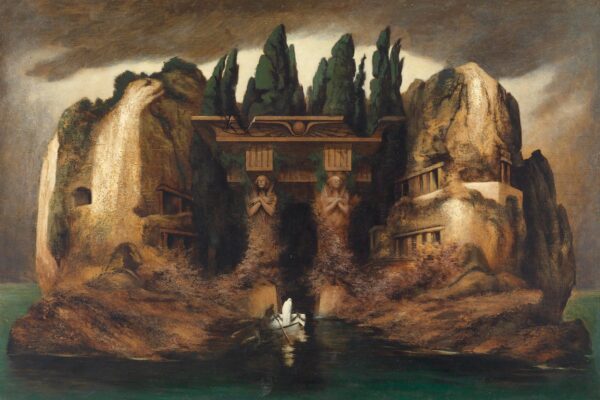1. David Hockney in Paris, 1972
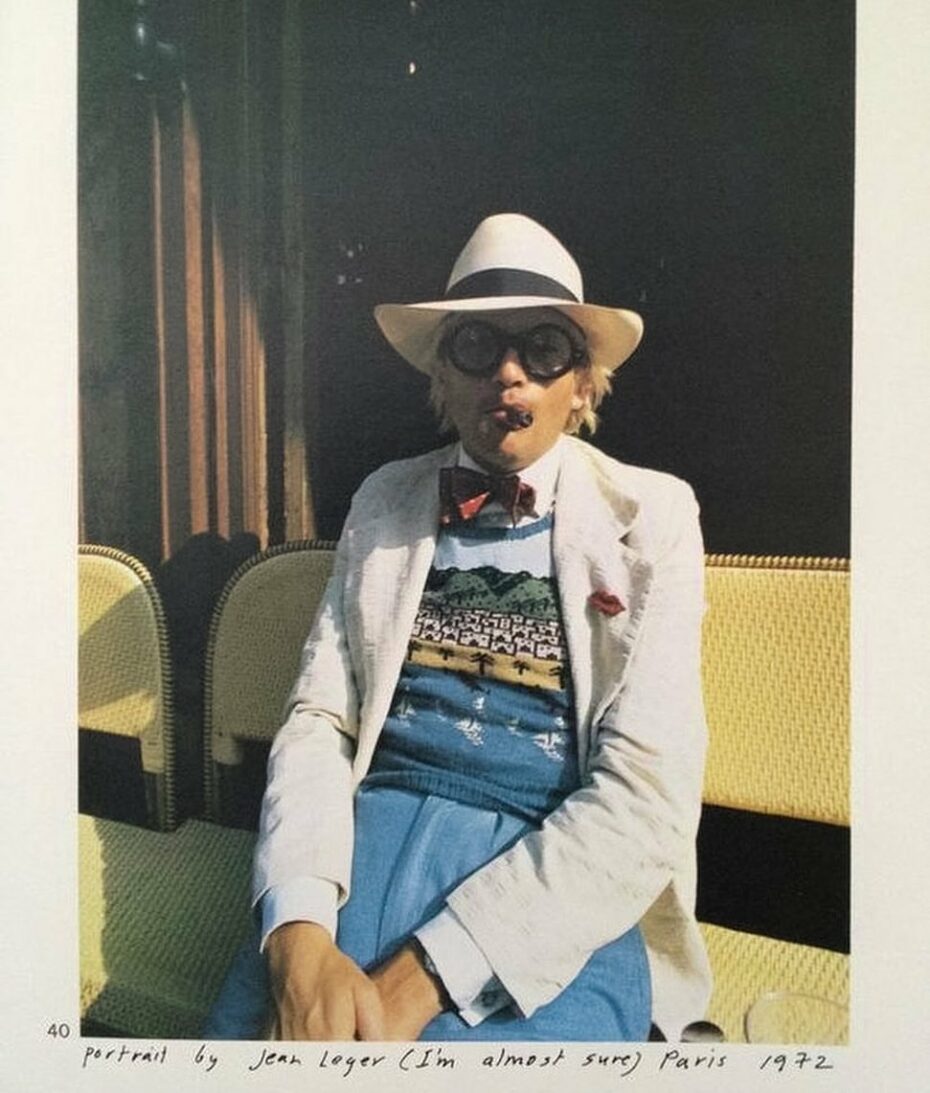
That sweater! Portrait by Jean Léger? Found on Pinterest.
2. Old Bohemia vs faux new Bohemia – The Bystander, 1913.
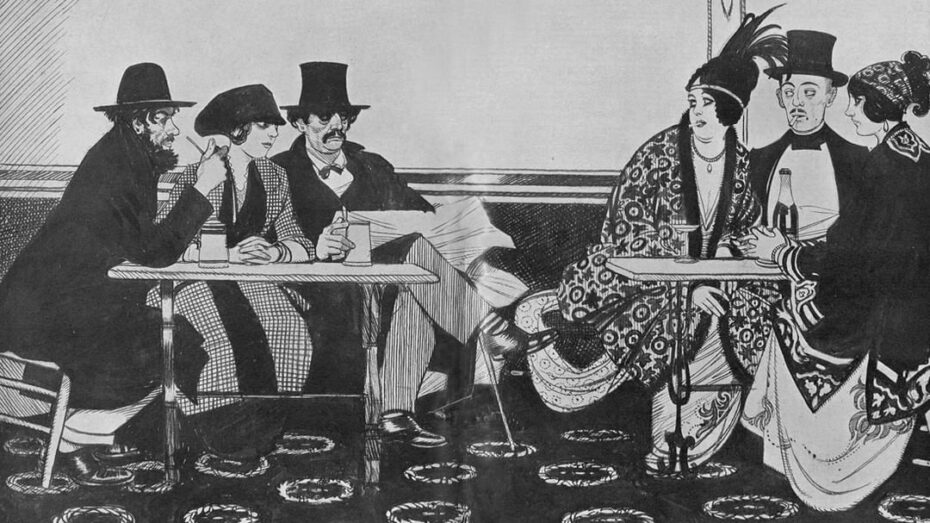
“There is, at the present time, a curious tendency among so-called ‘Society people’ to play at Bohemianism.”
Found on Alchemie Books.
3. “We’re not the people with the tinfoil hats anymore”: The UFO Movement Sees Otherworldly Growth
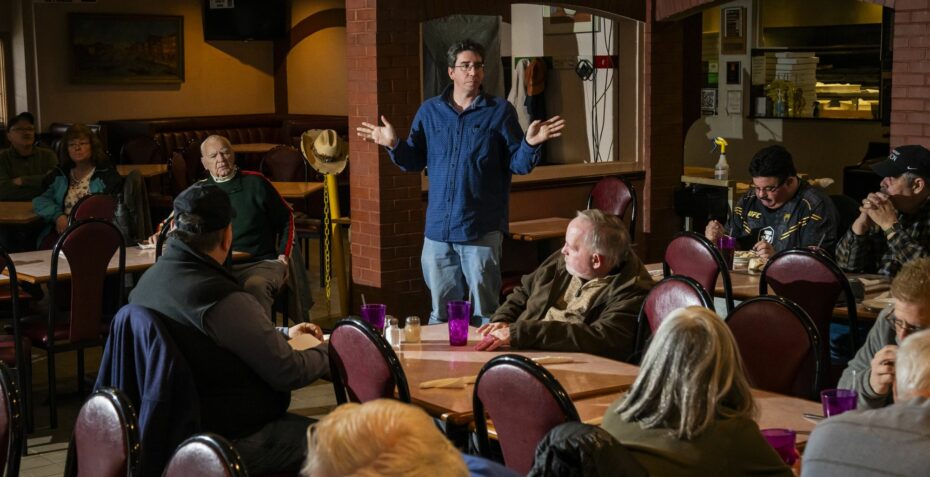
For many years, the Connecticut chapter of America’s largest UFO research group investigated alien life on Earth from the shadows. That wasn’t by choice—it was because almost nobody ever came to meetings in a suburban basement just outside of Hartford.
But times are changing. Today, the ranks of the Mutual UFO Network of Connecticut have swelled from six to nearly 100, and the meetups are happening in broad daylight.
here’s probably never been a better time to believe in aliens than right now. That’s mostly because the federal government quietly admitted in April 2020 that several Navy pilots have encountered “unidentified aerial phenomena,” or UAPs, while flying around the Pacific Ocean. The feds released videos and say they still have no idea who was flying them or where they came from
On social media, “UAP” has become a whole new buzzword among the internet savvy that’s effectively replacing the acronym “UFO.” A four-part docuseries called “Encounters” about alien sightings, directed by Yon Motskin, was Netflix’s most viewed television show in the U.S. after it was released this fall.
Found on the WSJ.
4. The Himiko, a cruise ship operating in Tokyo (The Himiko)
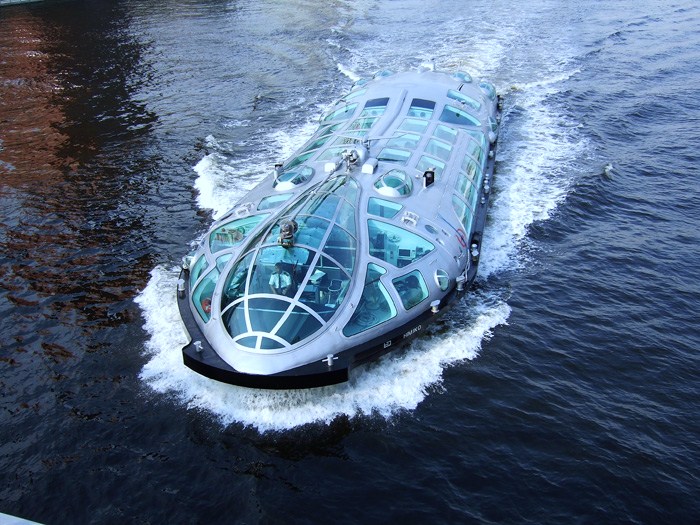
Designed by the famous Manga artist Leiji Matsumoto.
Found on Wikipedia.
5. This futuristic design by Claude-Nicolas Ledoux in 1804
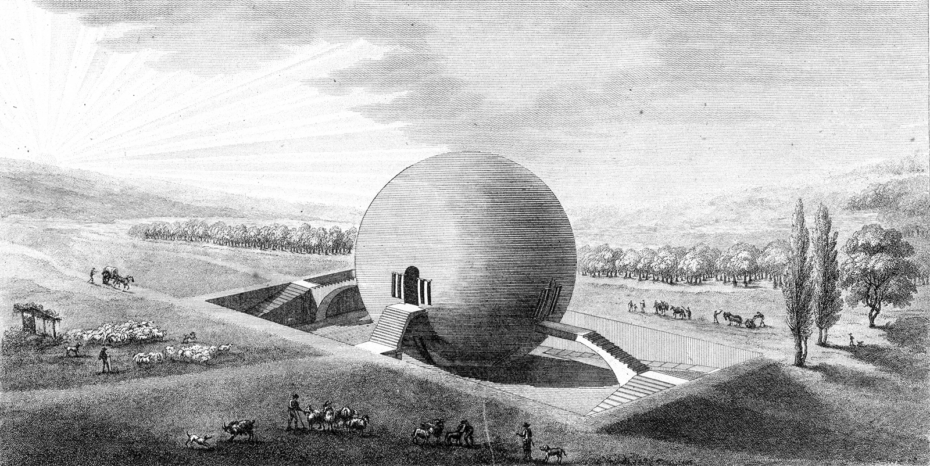
Maison des Gardes Agricoles: A perfect sphere, embedded in a sunken rectangle, and accessible through a series of stairs positioned on all four sides.
As one of the favourite architects of the Ancien Régime, Ledoux worked with great success for the French aristocracy in the years preceding the Revolution.
Further reading on “Delirious Architects and Globes”, found here.
6. Nigeria, 1950s
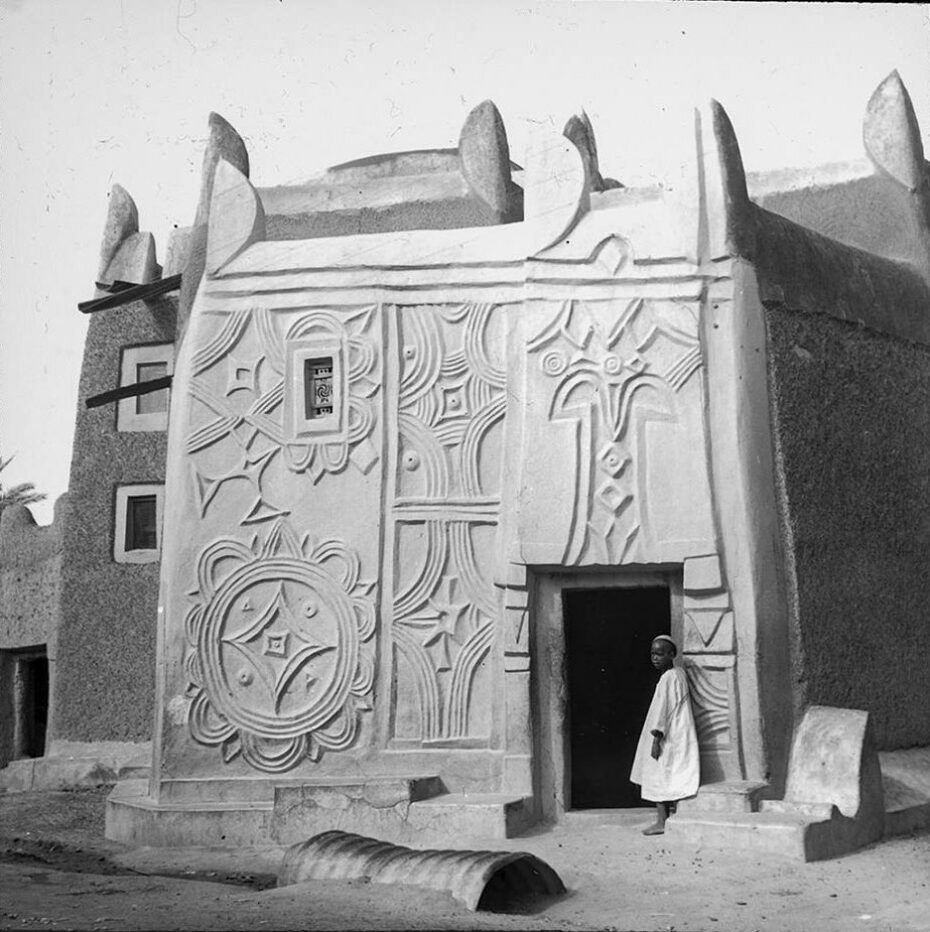
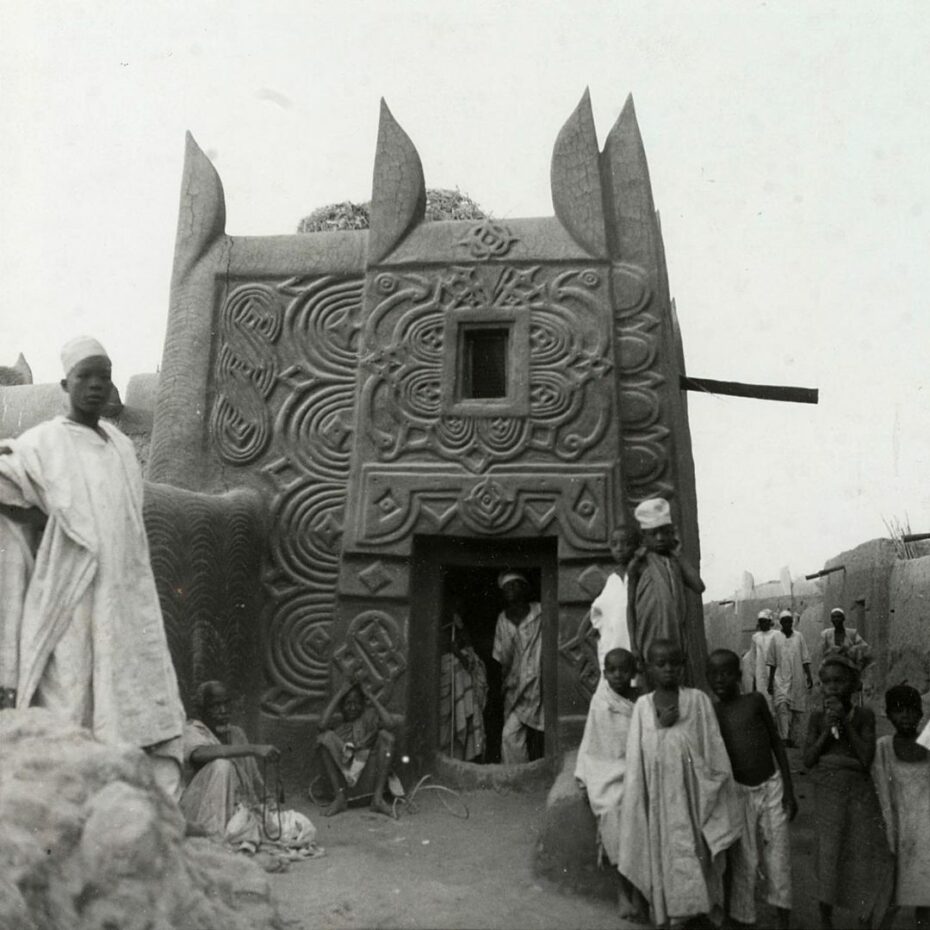
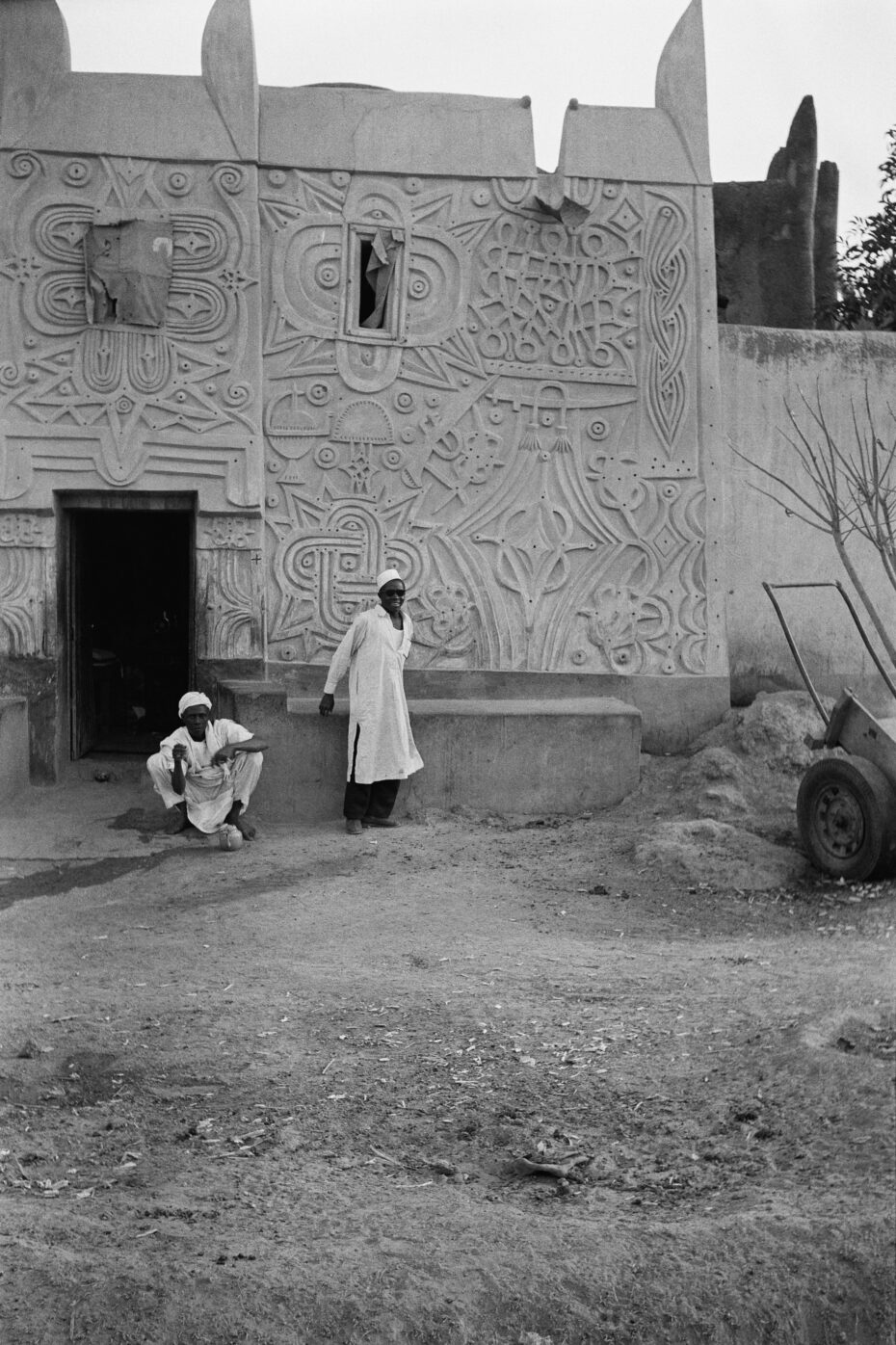
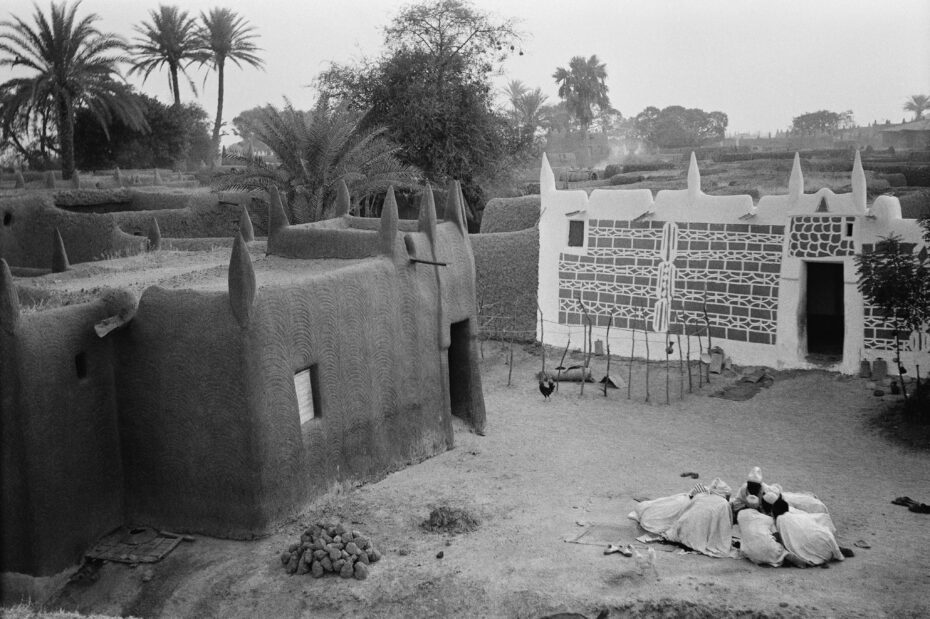
The Hausa are the largest ethnic group in West and Central Africa made up of diverse but culturally homogeneous people, predominantly based in the Sahelian and savannah areas of southern Niger and northern Nigeria. The roots of Hausa architecture are lost in antiquity, but it may share a common ancestry with the great buildings of Pharaonic Kemet. Some of the early pre-dynastic hieroglyphics depict houses with small pinnacles similar to the Zankwaye that decorate Hausa buildings. The whole character of the Egyptian house drawings resembles that of the architecture of both present-day Nubia and Hausaland.
More found on David Adjaye’s visual sketchbook on Hausa spatial Symbolism.
7. Artificial Skylights for windowless rooms
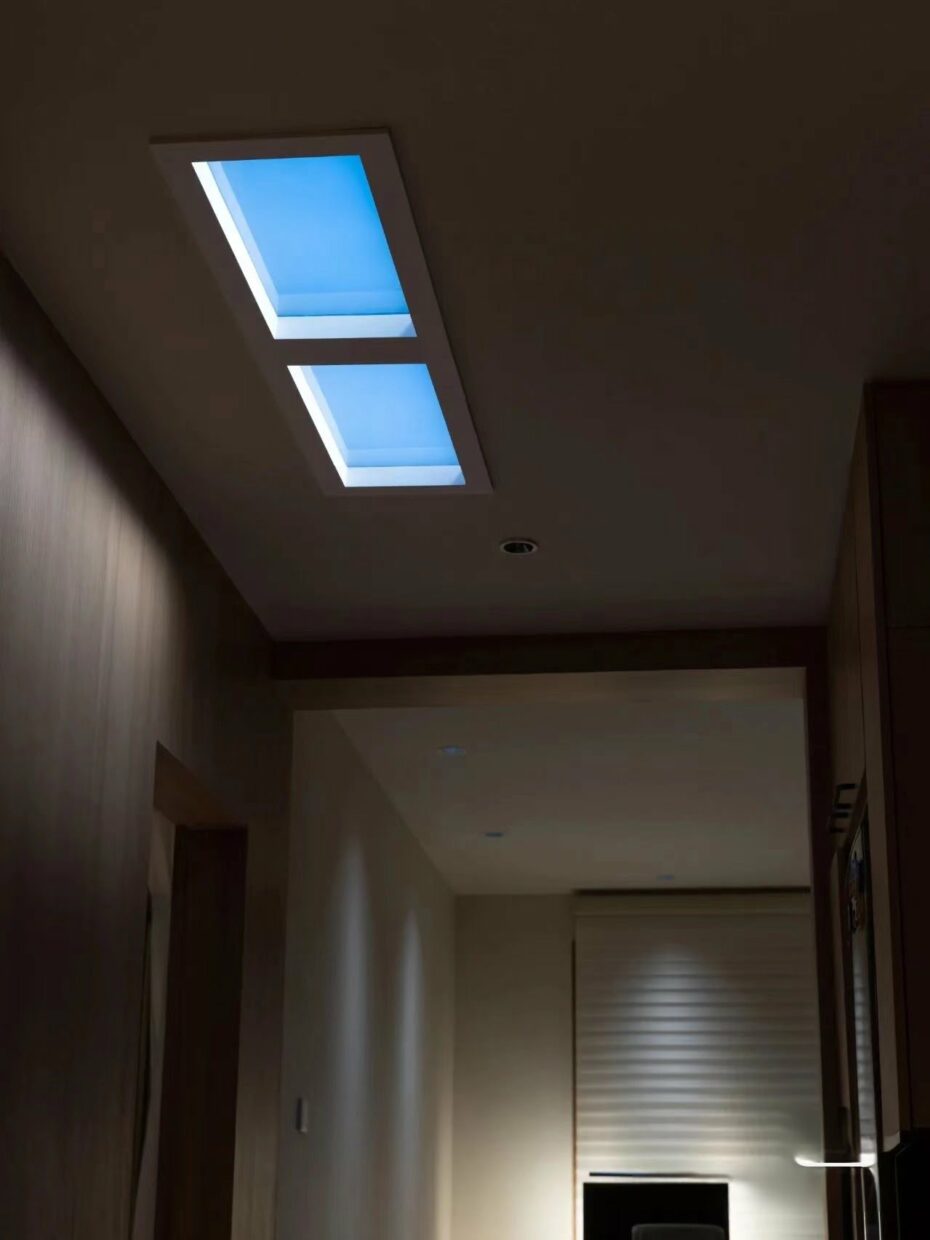
You can buy them here. Found via Swiss Miss.
8. The 1930s Wooden escalators in Antwerp, Belgium
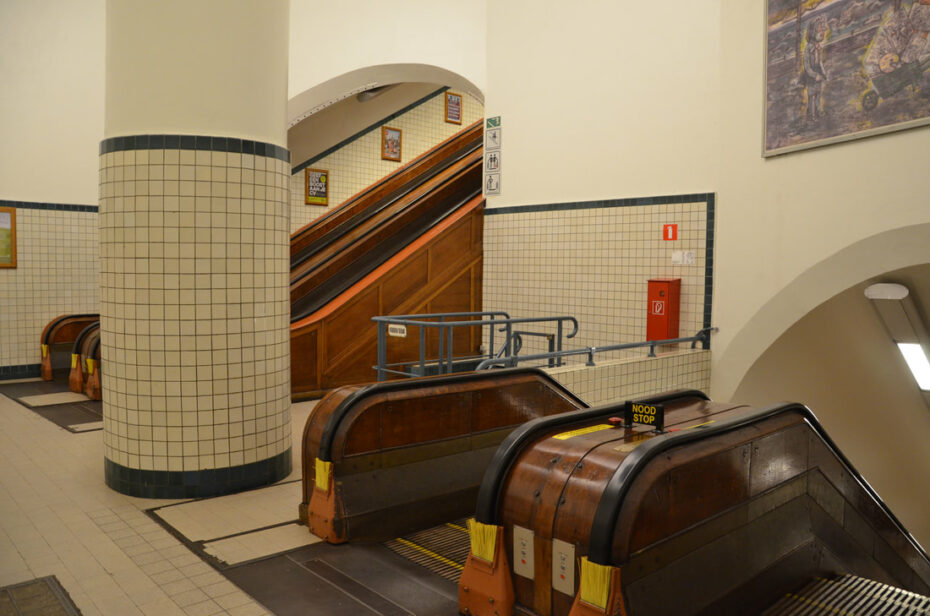
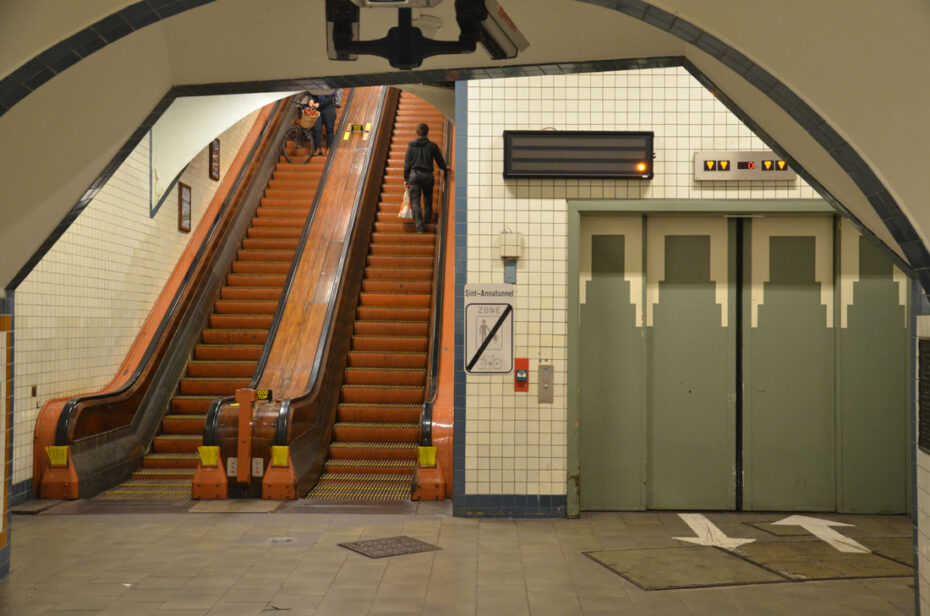
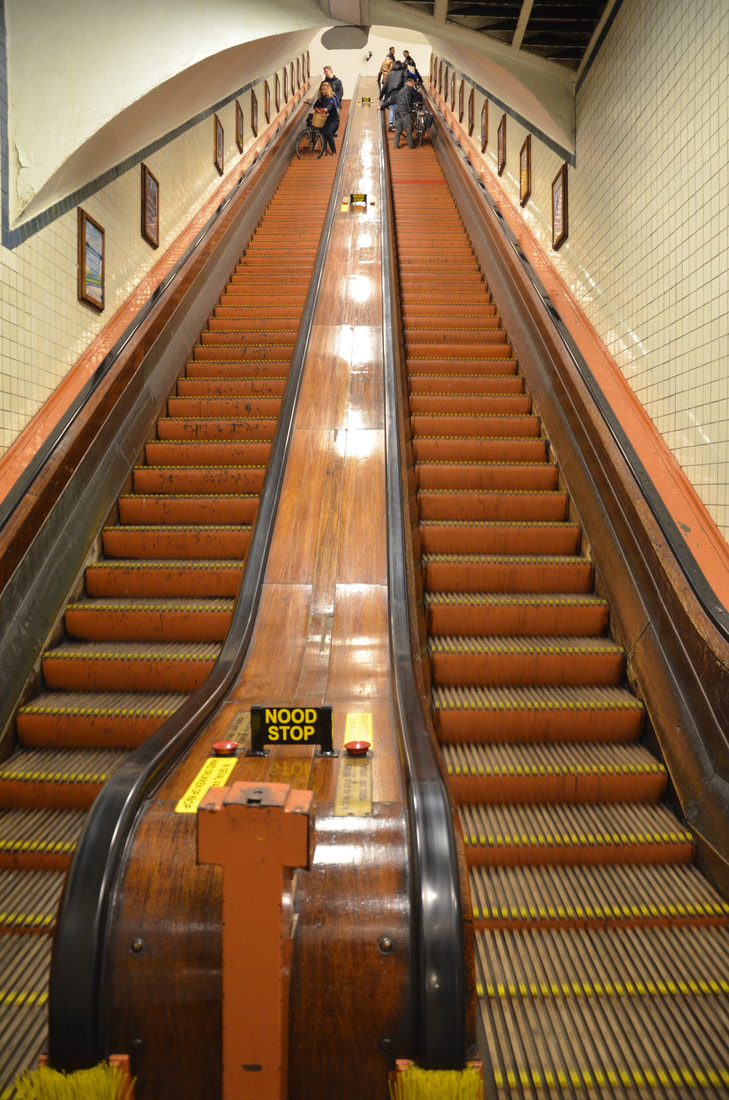
St. Anna’s Tunnel, Antwerp, Belgium. Found here.
9. A documentation of sexual graffiti in public in early 20th century Stockholm
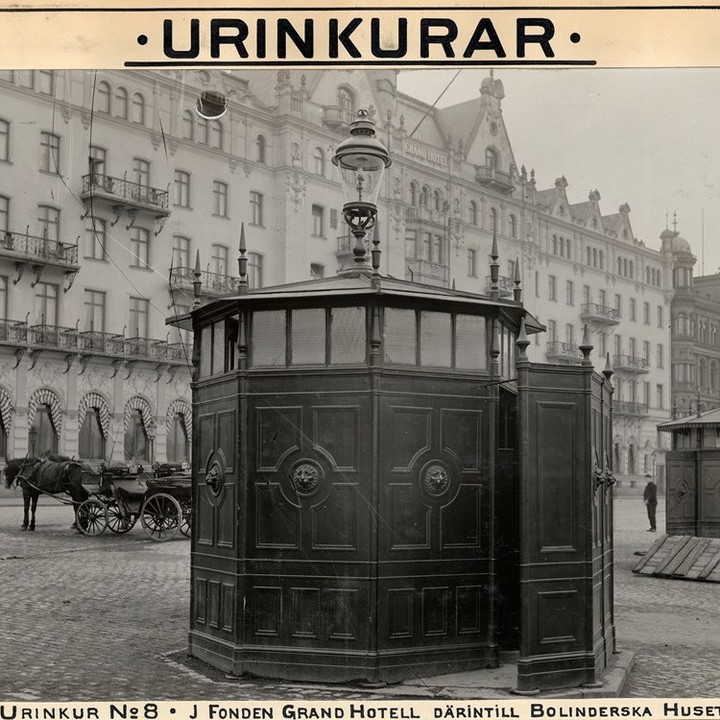
Between 1905-1932, a Stockholmer, Bengt Claudelin devoted his spare time to documenting sexual graffiti in public lavatories and elsewhere. Claudelin was an employee of the art collector Countess Wilhelmina von Hallwyl, and charged with documenting her collections, which she eventually donated, together with her palace, to the city of Stockholm.
Claudin died in 1939, but through remarkable circumstances, his five volumes recording the graffiti, which form a kind of diary, escaped destruction. Known as the ‘Doodle Books’, they provide an unparalleled window into male same-sex desire of the period.
As in other cities, soldier prostitution in Stockholm was rampant. According to one scholar: “It was quite normal to offer sex for money on Wednesday evenings so that you could then invite your girlfriend out on a date on Fridays.”
A scrawl from a toilet at the Stockholm Opera in 1913 records: “Yesterday I lay with two handsome horse guards. I f-d one in the ass, and at the same time s-d the other’s big c-k. Lovely! Who wants to redo that?”
Another example reads: “Where’s any pretty frivolous youth, not over 20, who wants to bang an 18-year-old? Waiter No3 Blanche’s.” Where indeed.
The Doodle Books have since been the subject of serious academic study, and at least one thesis. To its enormous credit, Hallwylska Museum which holds them, has digitised them and shared them openly.
If you can read Swedish, here you go. Found on Alchemie Books.
10. This collection of South German, 17th-18th century works of art made of turned bone, nutmeg and glass
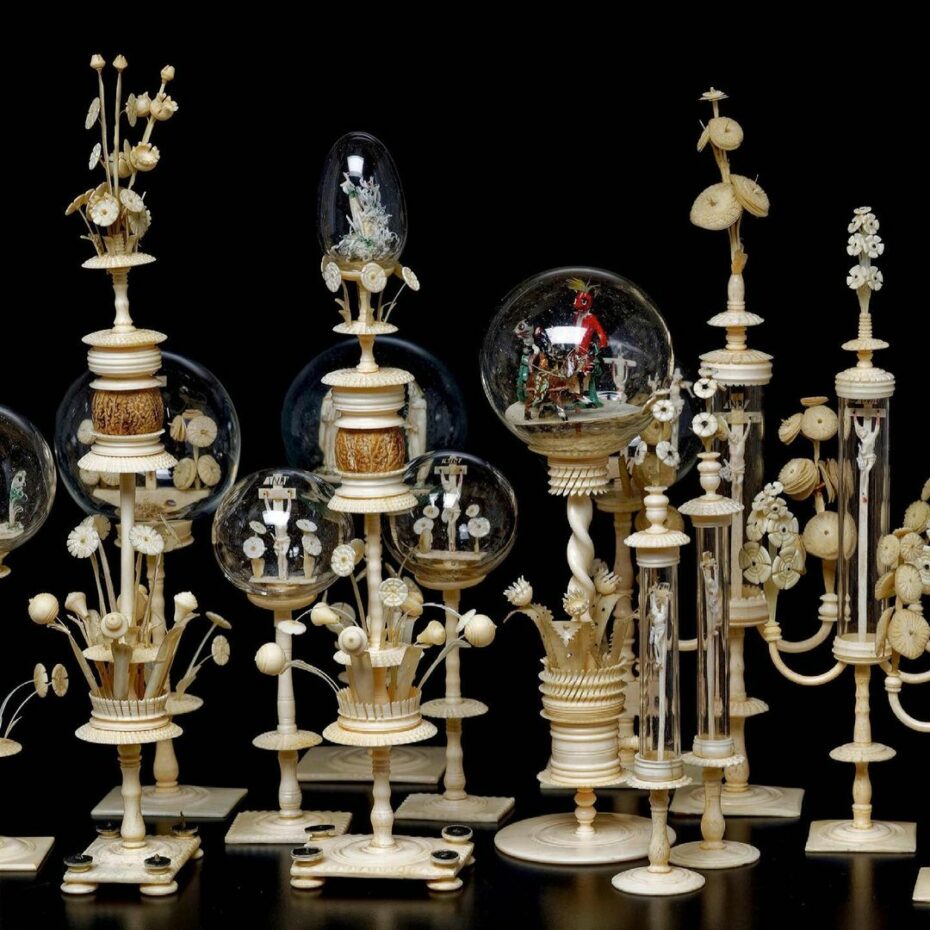
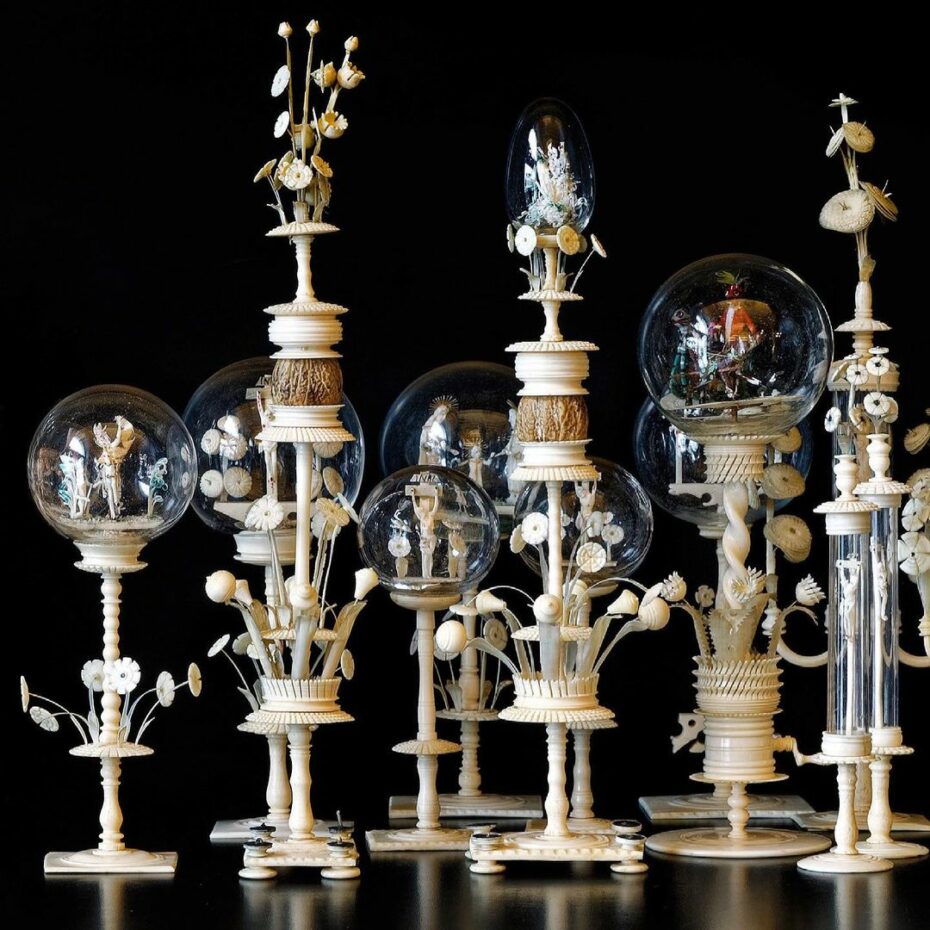
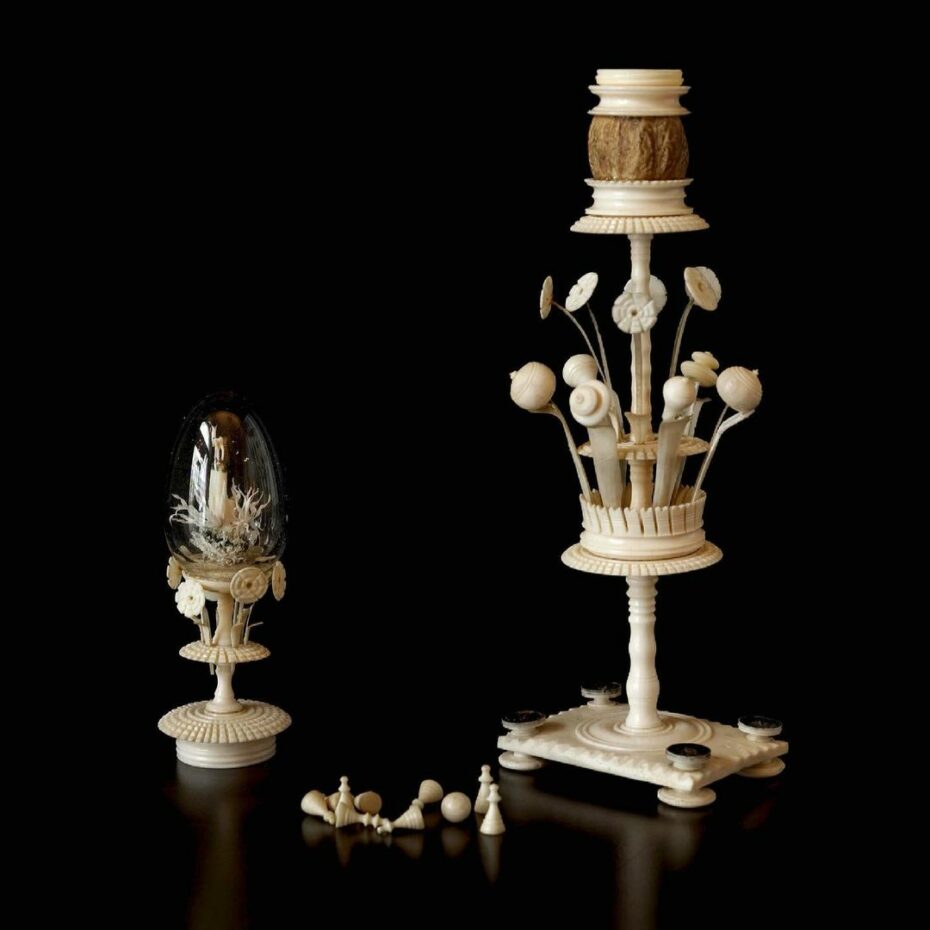
Found on Kunstkammer Georg Laue, an internationally operating gallery for private collectors & museum curators alike, specialised in precious Kunstkammer objects from the Renaissance.
11. These sink mosaics by artist Amy Exton
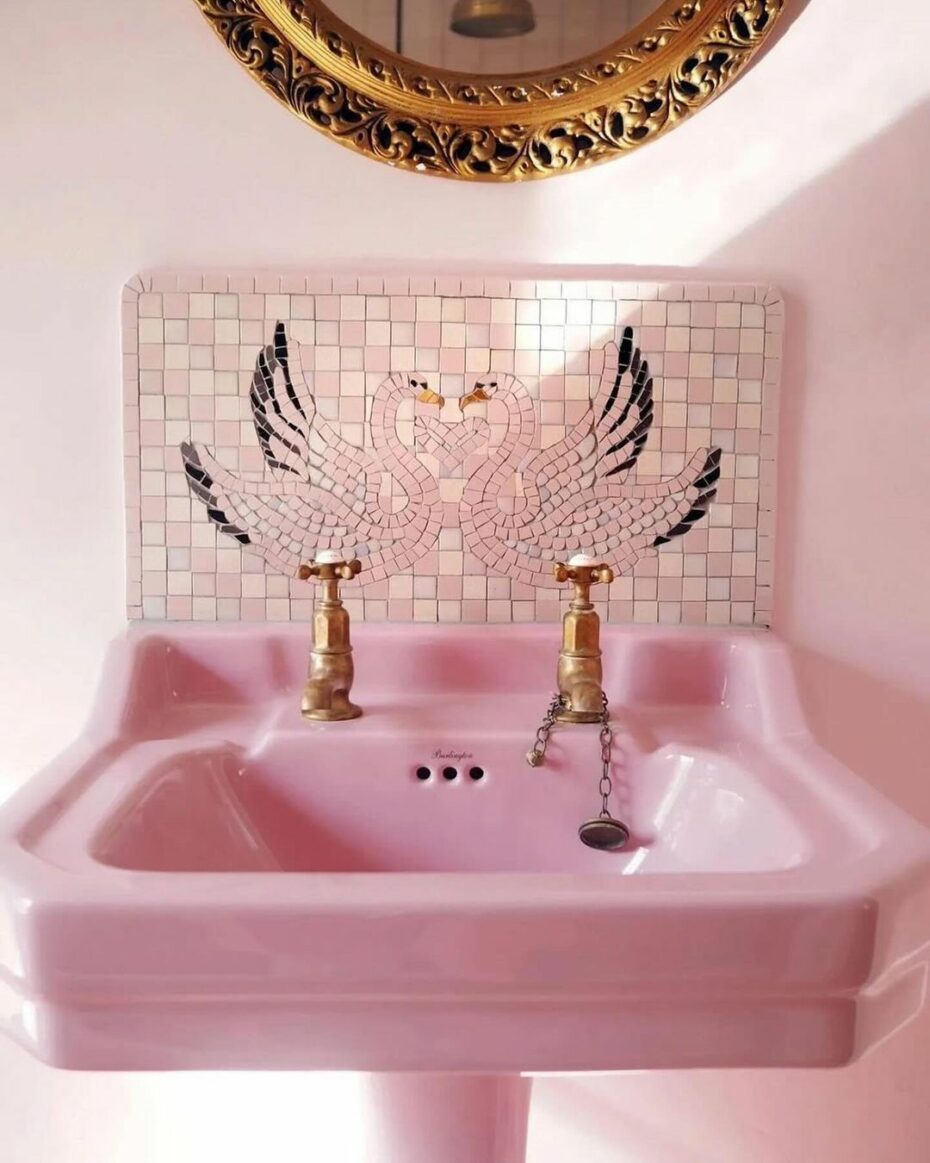
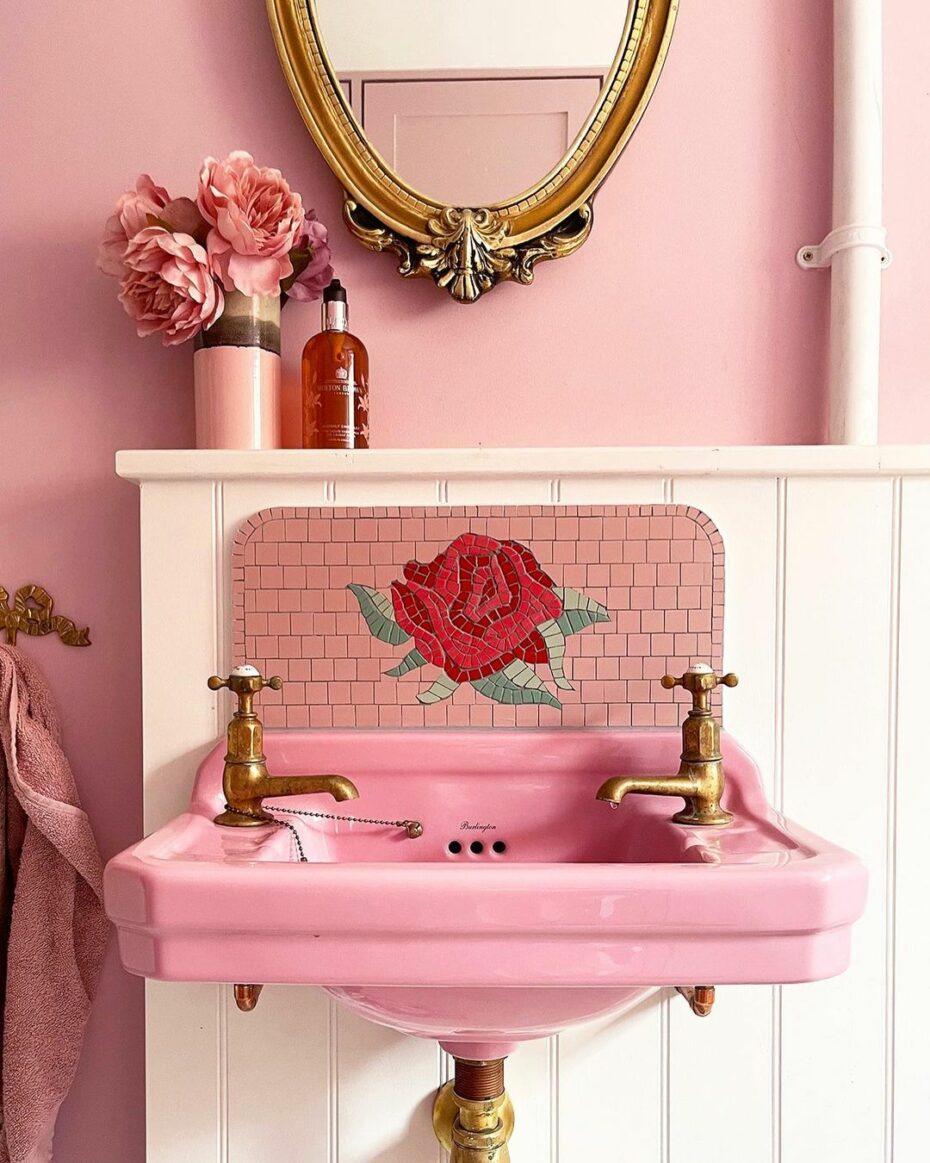
Her website here.
12. Studio65 and the architecture of pleasure
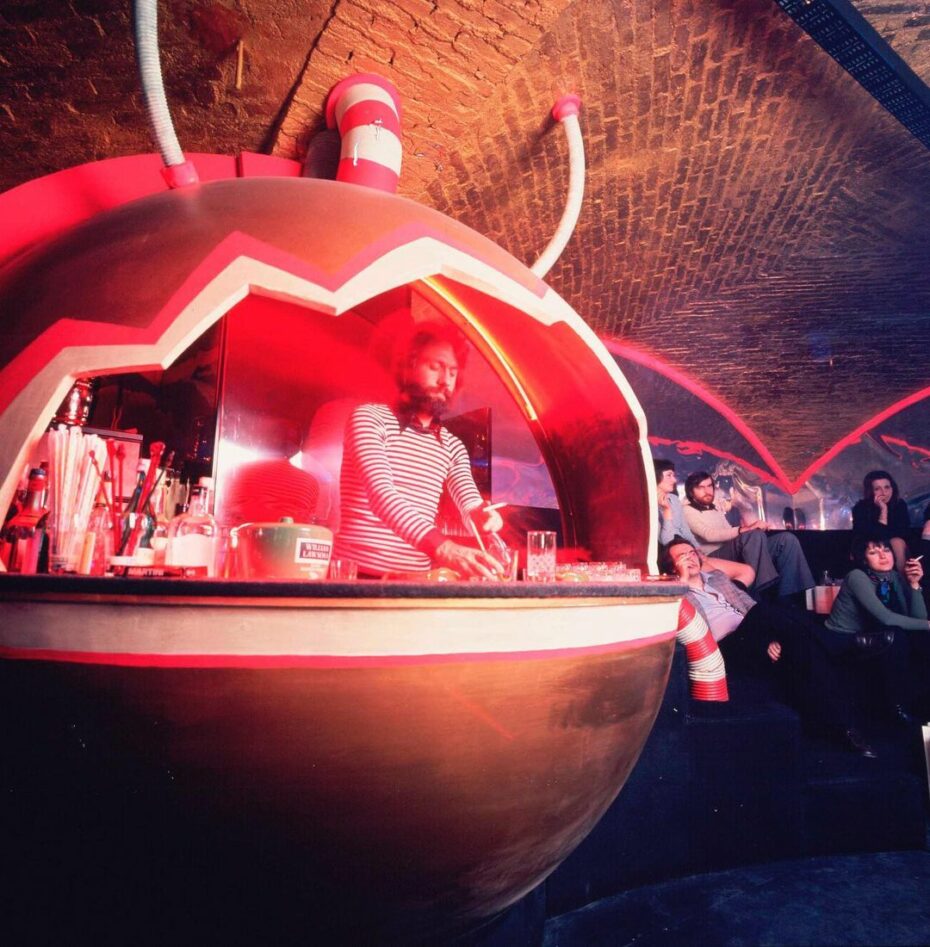
In the 1970s, the Turin-based collective rode the wave of experimentation that went through planning, declining a popular theme into pop: leisure architecture.
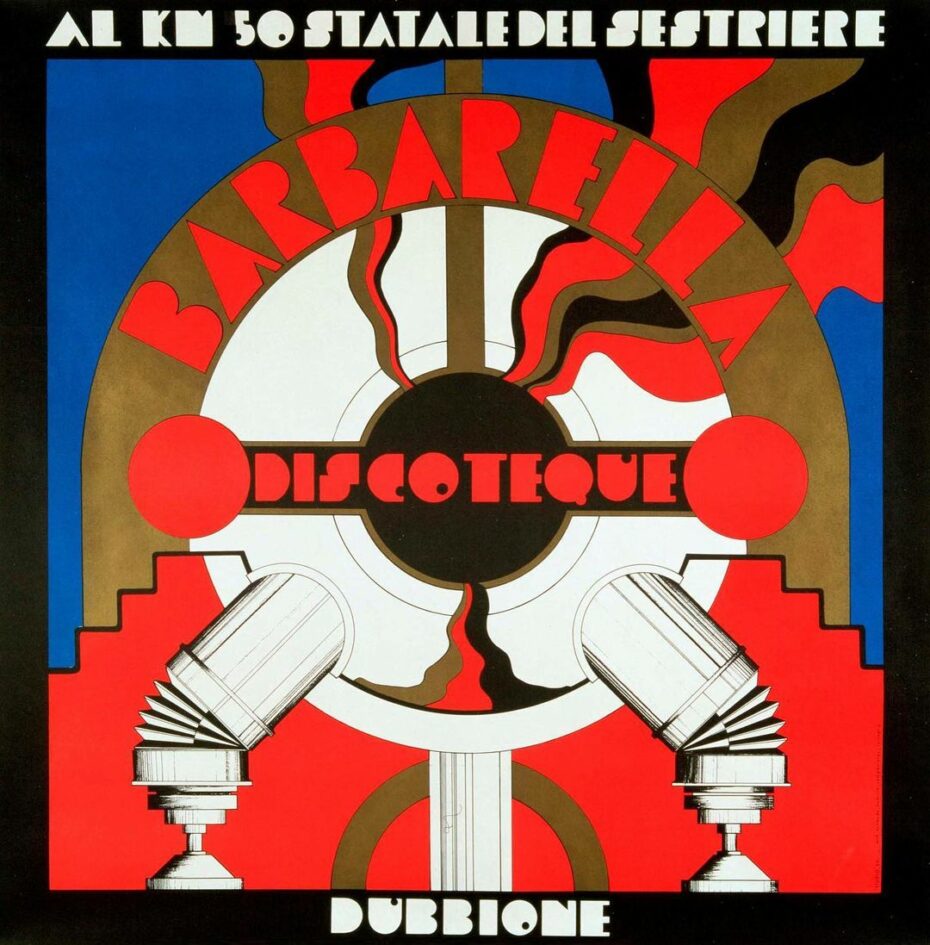
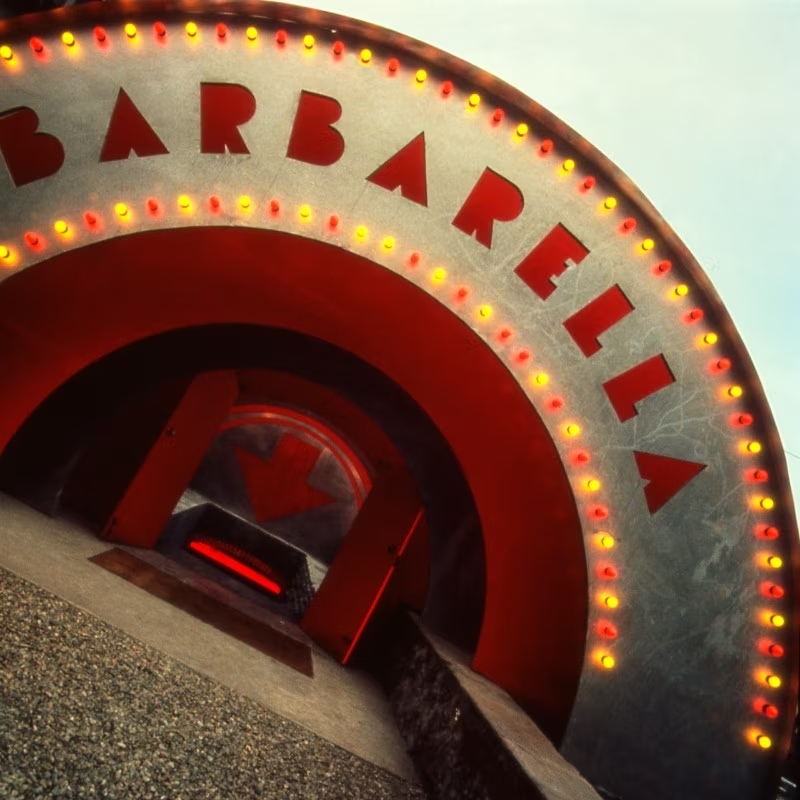
Here the two clubs designed by Studio Sessanta 5: The Flash Back and Barbarella.
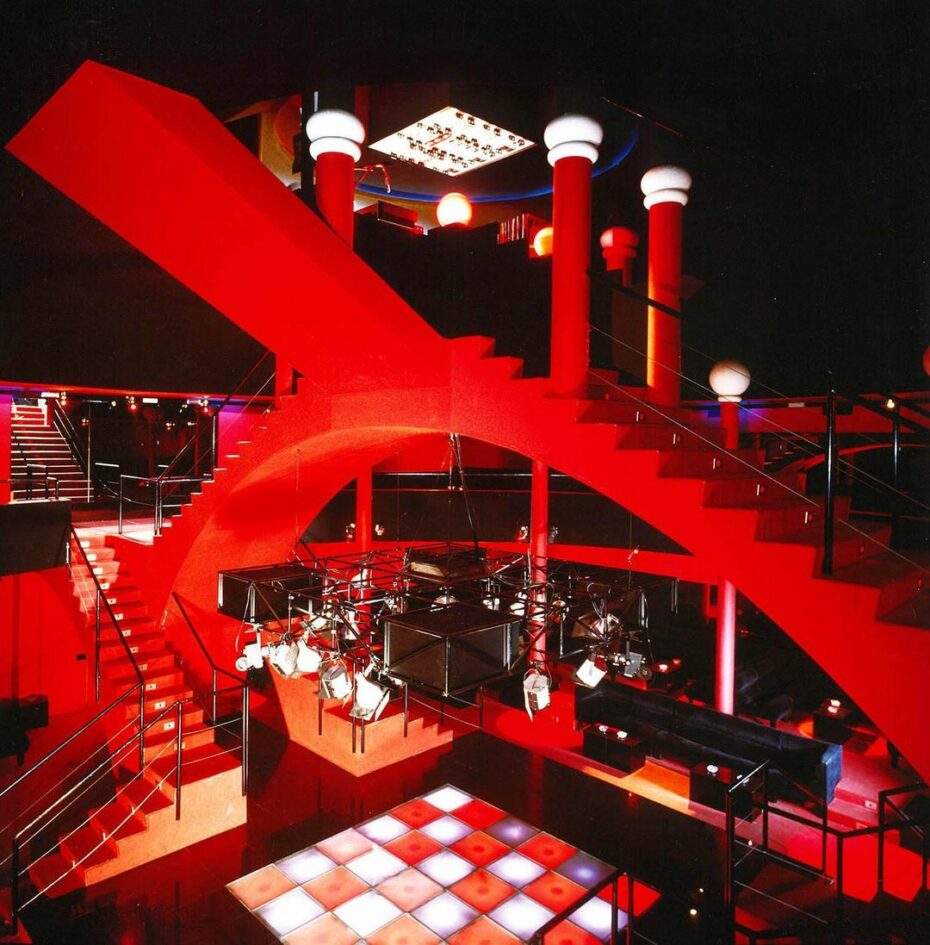
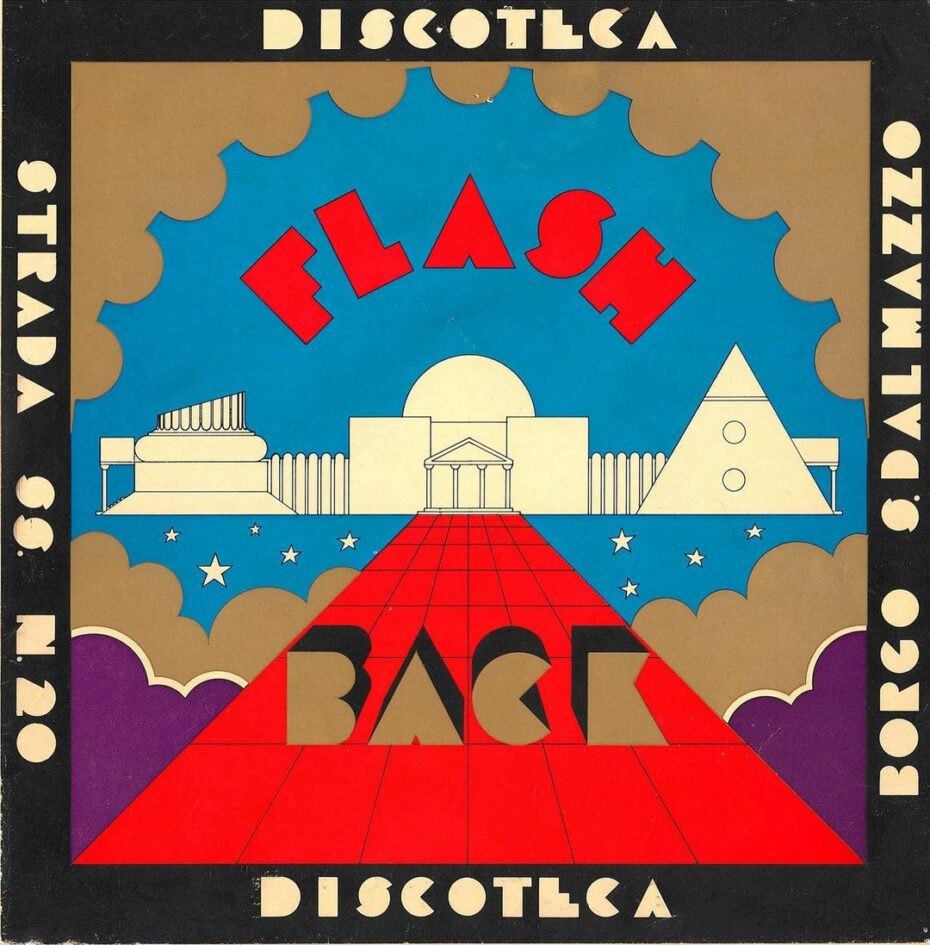
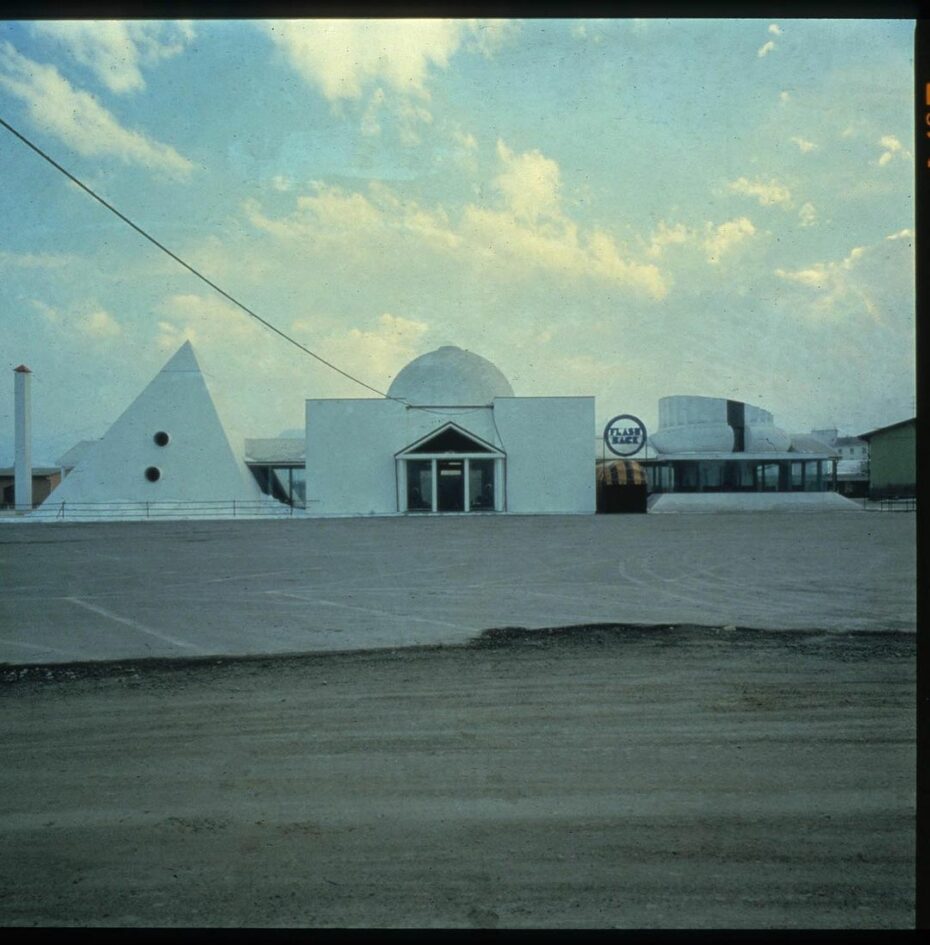
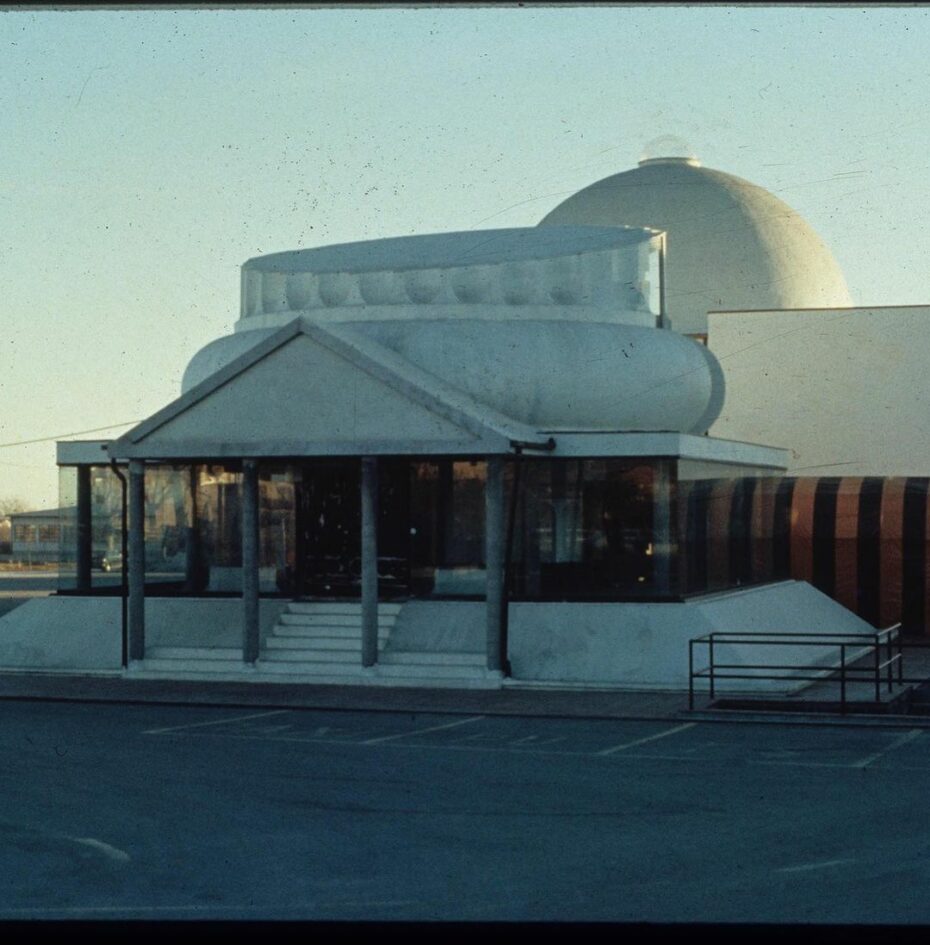
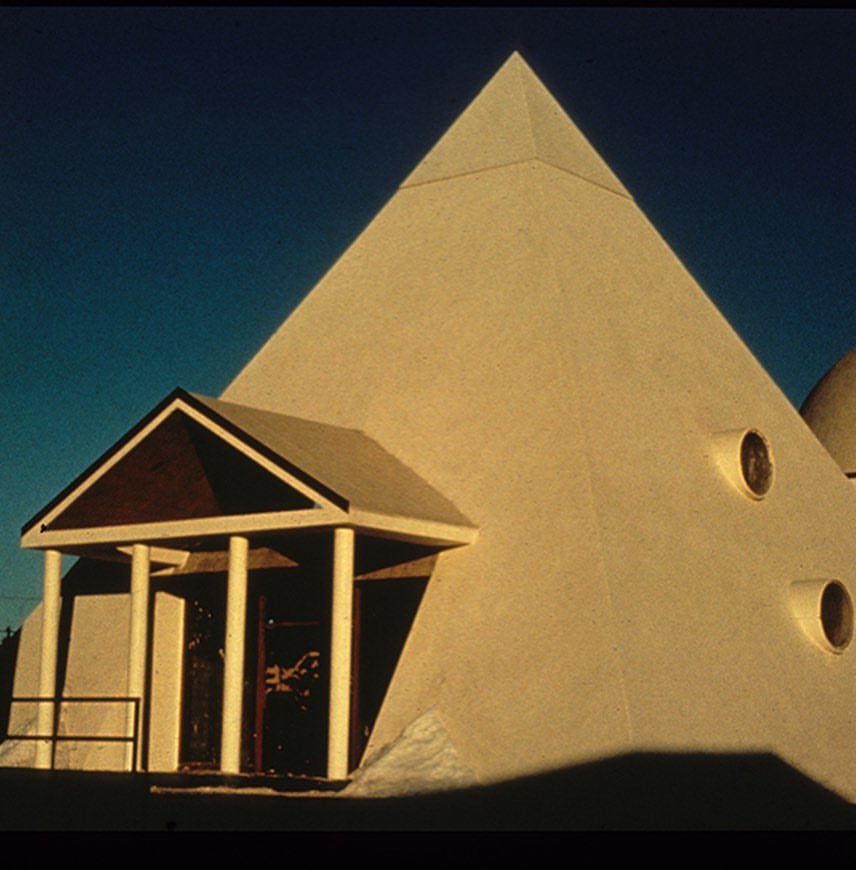
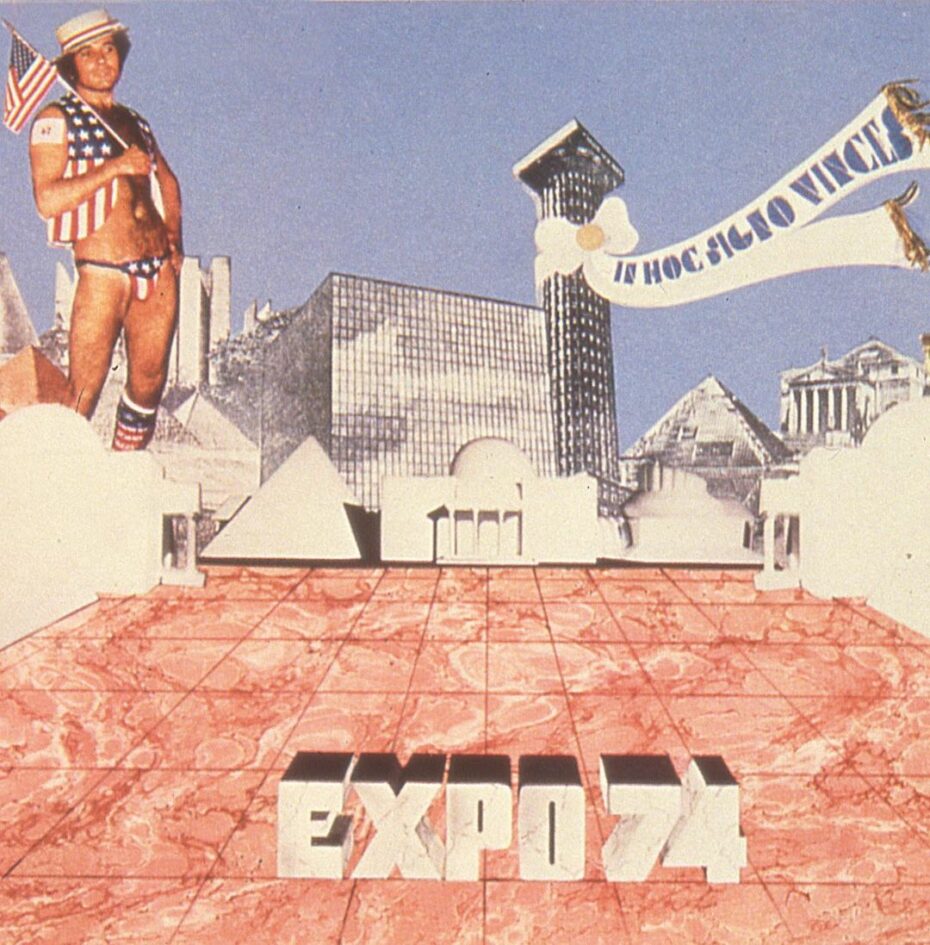
Read the full article on Domus.
13. Where is her biopic? Mary Jane Rathbun (1922 – 1999) aka “Brownie Mary”
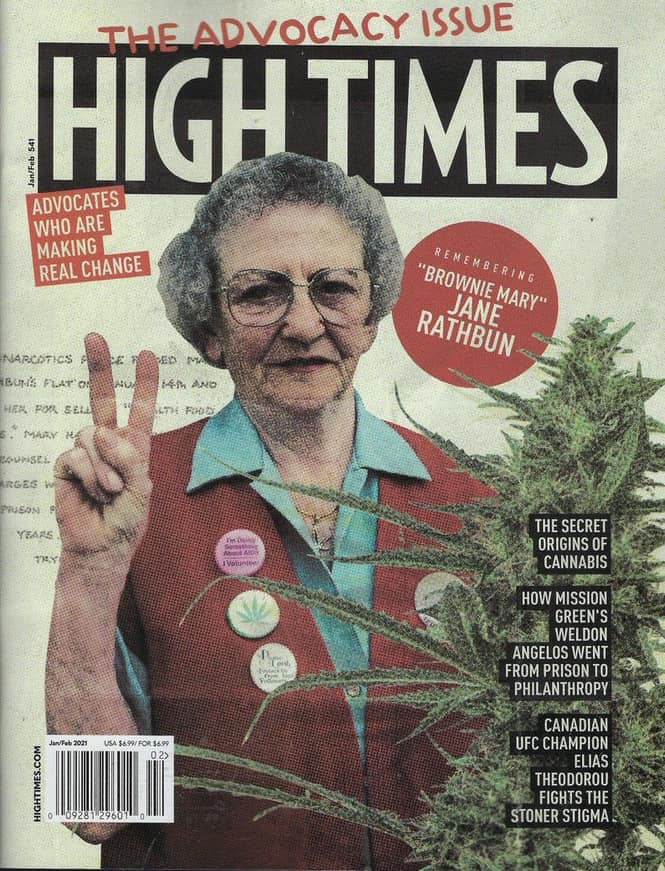
Mary Jane Rathbun (December 22, 1922 – April 10, 1999) aka Brownie Mary was a medical cannabis activist who died in Forest Hill, San Francisco. She was 76 years old. As a volunteer at San Francisco General Hospital for over 10 years, Mary illegally baked and distributed cannabis brownies to AIDS patients in the early years of the AIDS crisis. Mary devoted her life to help care for ‘’her kids’ which resulted in the city leaders proclaiming an official Brownie Mary Day in 1992 to honor her work with dying patients in the AIDS ward. Mary’s relationship with the gay community began in the early 1970s when her daughter died in a car accident at the age of 22. Her marriage had also ended, and in her loneliness, she befriended a young gay man in the Castro. As a way to make some money, Mary began to bake the brownies at her home in a housing project for the elderly to sell in the Castro. However, her venture developed into activism when she began to campaign to legalize marijuana for medicinal purposes.
Mary was arrested three times and was ordered to perform hundreds of hours of community service, which she would spend with AIDS patients. Her campaigning and arrests helped garner support for the 1996 California State initiative that made the use of marijuana conditionally legal.
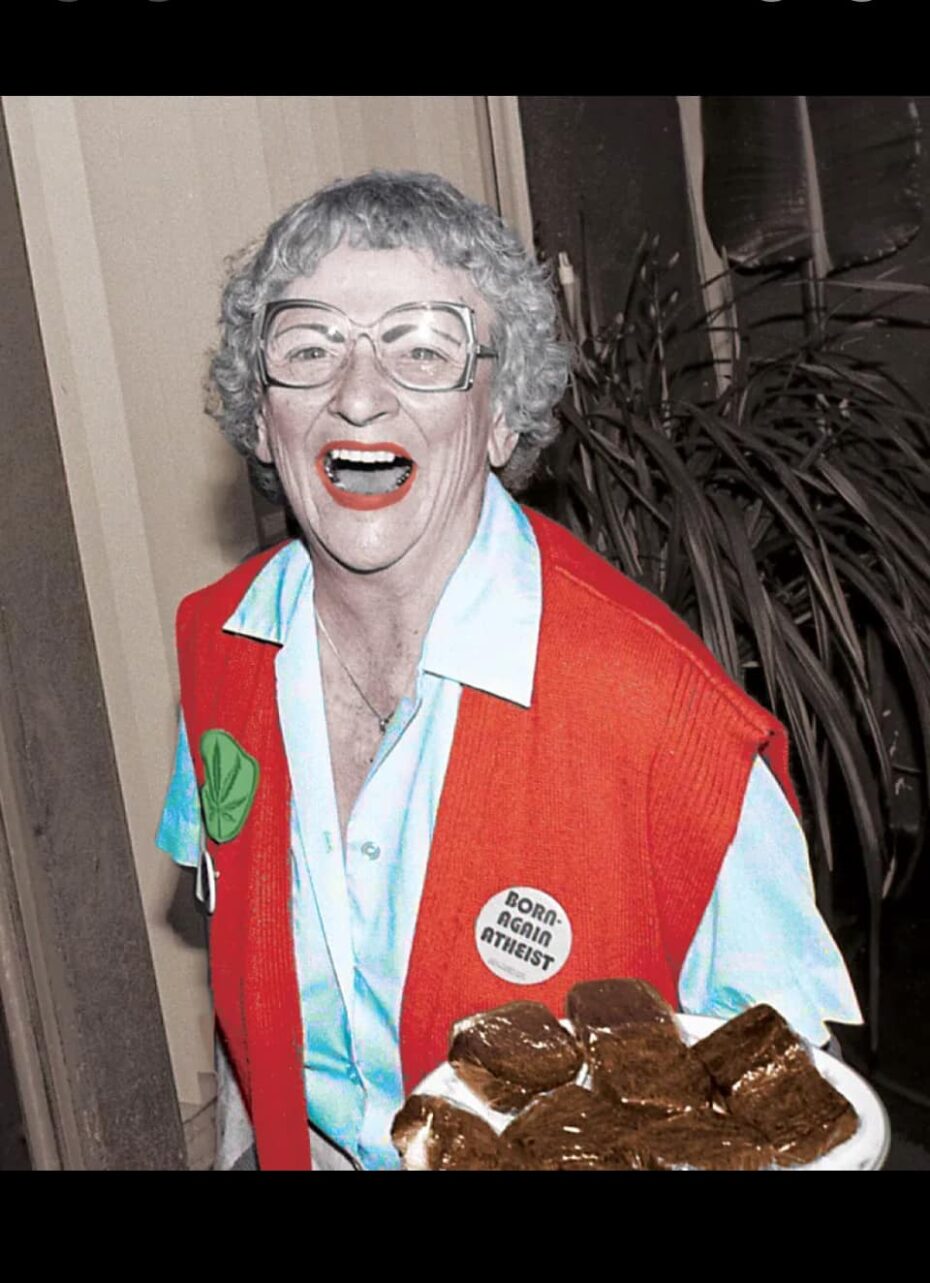
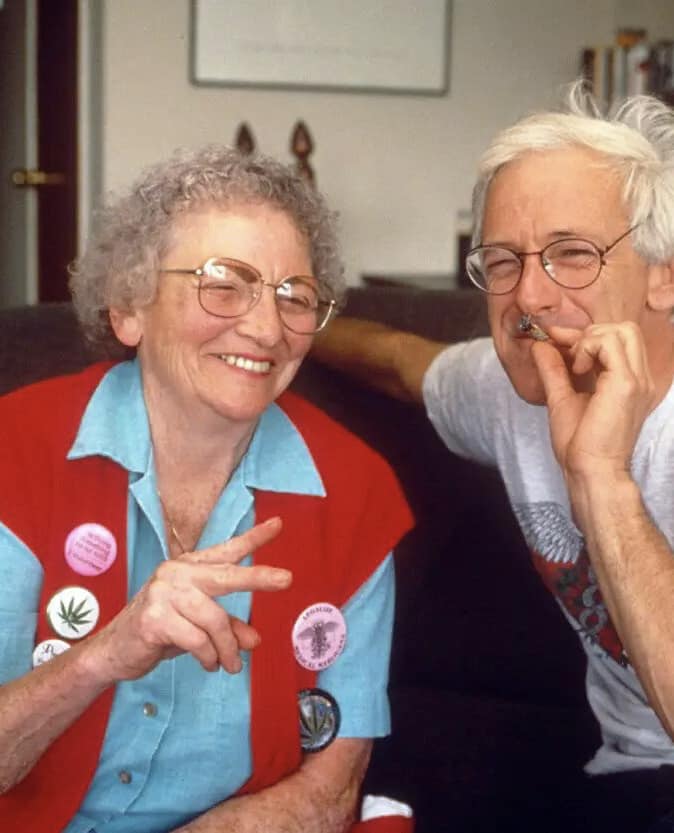
By the 1990’s, Mary could no longer bake her brownies because of arthritis and other illnesses. She had two artificial knees and she said that only her own “sweet medicine” enabled her to walk.
Found on Aids Memorial.


